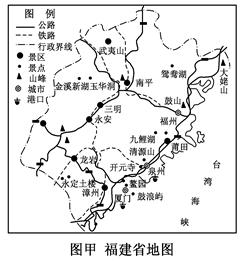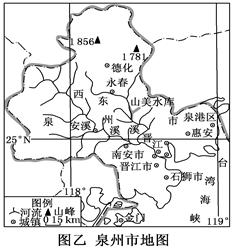Earlier this summer Arnold Schwarzenegger, California’s governor, said that the state’s penal system was "falling apart in front of our very eyes". Indeed so. Some 172,000 inmates are crowded into institutions—from the state’s 33 prisons to its 12 "community correctional facilities"—that are meant to house fewer than 90,000. Drug abuse is rampant; so too are diseases such as HIV and hepatitis C. Race-based gangs pose the constant threat of violence, riot and even murder. And with more than 16,000 prisoners sleeping in prison gymnasiums and classrooms, rehabilitation programs are virtually non-existent—which helps to explain why two-thirds of California’s convicts, the highest rate in the country, are back in prison within three years of being released.
Will the governor’s summons of a special session of the state legislature, beginning this week, bring a remedy The reason for the session is to discuss Mr. Schwarzenegger’s request for almost $ 5.8 billion of public money to be pumped into the prison system. Bonds for $ 2 billion would finance ten 500-bed "re-entry facilities" for prisoners nearing the end of their sentences; another $ 2 billion would expand existing prisons; $1.2 billion would be earmarked for two new prisons; and $ 500m would go for new prison hospitals.
Money alone will provide neither an immediate solution nor a lasting one. The first problem is that California simply puts too many offenders in prison. The imprisonment rate, which has risen almost eight-fold since 1970 and is way ahead of any European country, has consistently meant overcrowding despite the construction of 22 new prisons in the past 20 years.
The 1994 "three-strikes" law, approved by voters in a referendum, means handing out 25-years-to-life sentences for often trivial third offences—and results in the growing presence in prison of elderly inmates who cost the taxpayer far more than the average of $ 34,000 a prisoner. Meanwhile, the practice of returning parole violators to prison, even for relatively trivial mis-steps such as missing a drugs test, also strains the system; some 11% of inmates are parole violators. Added to all these are more than 5,000 illegal immigrants being held on behalf of the federal government.
The second problem is that any attempt to reform California’s penal policy becomes hostage to politics. Two years ago, the governor was expressing optimism. He added the word "rehabilitation" to California’s department of corrections, appointed Rod Hickman, a reform- minded former prison guard, to oversee the system and promised to lessen the power of the 31,000-p prison guards’ union, not least by breaking the "code of silence" that protects corrupt or violent guards. But that was then. The reality now is that Mr. Hickman resigned in March. Evidence indicates that the governor’s office may have given the code of silence in California’s prisons a new lease on life.
Many experts say that with no moderation in sentencing policies on the horizon, the prison population is expected to grow by another 21,000 over the next five years—enough to out-pace any prison-building program. Thus, the dream of prison reforms will never touch the ground.
Which of the following is true about the "three-strikes" law()
A.It actually wastes more resources in terms of finance
B.It is approved by voters to save money for the taxpayers
C.It severely punishes those who violate the law for the third time
D.It increases the cost of keeping a prisoner to $ 34,000


